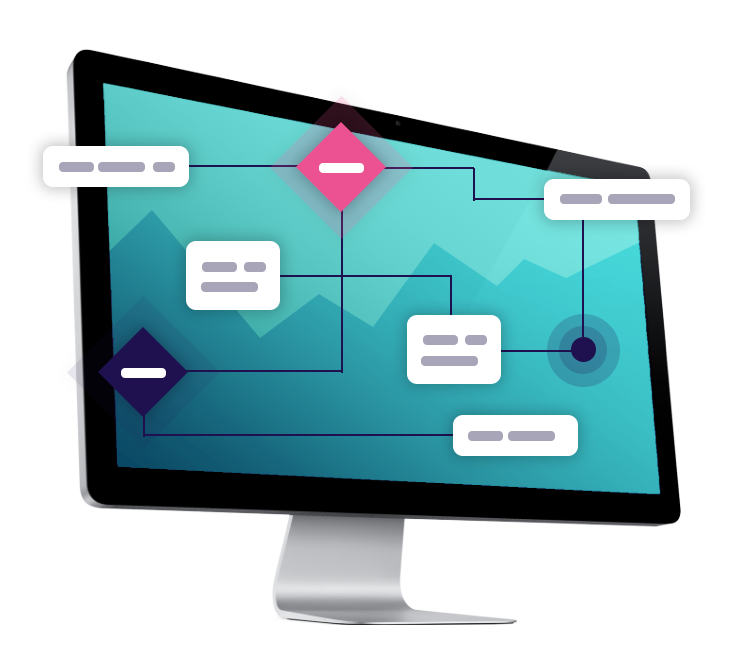Regulatory Analytics
Banks and credit unions are facing disruption from fintechs that, with less regulatory pressure, have been able to adopt operational models that give them a financial edge. However, regulatory burdens are rising for fintechs and traditional firms alike – especially as the lines between the groups continue to blur. The time for a better approach to bank compliance has come, and risk analytics can position organizations to drive efficiency.
The rising regulatory strain
Compliance has long been a challenge for financial services firms. The regulatory environment isn’t becoming more demanding simply because of the legal climate. Instead, the challenge stems largely from just how complex and varied services models have become. Banks and credit unions increasingly offer more ways for consumers to interact with them, leading to new opportunities for data loss, theft or fraud.
“Digital technologies create an opportunity to improve regulatory practices.”
This climate makes managing risk and compliance extremely difficult, but the Boston Consulting Group reported that digital technologies create an opportunity to improve regulatory practices across the industry. As firms responded to increased pressure in recent years by hiring new staff and putting resources into compliance, many found that they still lacked consistent, sustainable practices to make regulatory compliance less cumbersome.
Resolving this issue could get easier as smart technologies make it simpler to handle routine tasks, manage customer data and analyze unstructured data, BCG explained. Going digital could be a major step forward for financial services firms, and could become essential for fintechs as well.
Deloitte explained that many fintechs are facing greater regulatory scrutiny, accelerating the move to partner with traditional financial services firms. Furthermore, with so many fintechs starting to work directly with banks and credit unions, the lines between the organization types are blurring. The reality is that risk and compliance are major issues across the entire sector, and analytics solutions are becoming critical.
How GDS Link is transforming risk and compliance
Risk analytics technology can position organizations to gain greater visibility into their lending environments. This comes together in a few ways, including:
- Automating loan analytics so human workers can focus on higher-order thinking tasks.
- Adapting scorecards based on changing market trends.
- Abiding by regulations by scripting analysis processes and enforcing them in an analytics platform.
In short, big data does more than offer visibility into customers – analysis creates transparency into internal operations. As a result, organizations can more easily perform internal audits and ensure compliance at all times.
GDS Link stands out in risk analytics because of the comprehensive nature of our solution. Our platform provides decision engine software, credit scorecards and case management solutions. However, we don’t just provide technology, we’ve also launched a consulting service so we can partner with customers to help them find the right blend of services for their needs.
As the BCG report pointed out, data-driven digital technologies are transforming regulatory compliance. GDS Link can serve as a one-stop service provider for risk analytics. Request a demo from us today to learn more.

Related Risk Analytics Articles
Risk Analytics Essential For Holistic Digital Transformation
Choose Strong Borrowers With Credit Risk Analysis
The importance of using non-traditional data
Risk Analytics Sets Foundation For Regulatory Gains
3 Ways Modular Platforms Shake Up Risk Analytics
Risk Management & Data Analytics for Small Businesses
Risk Analytics Foundational to Broad Financial Services Innovation









